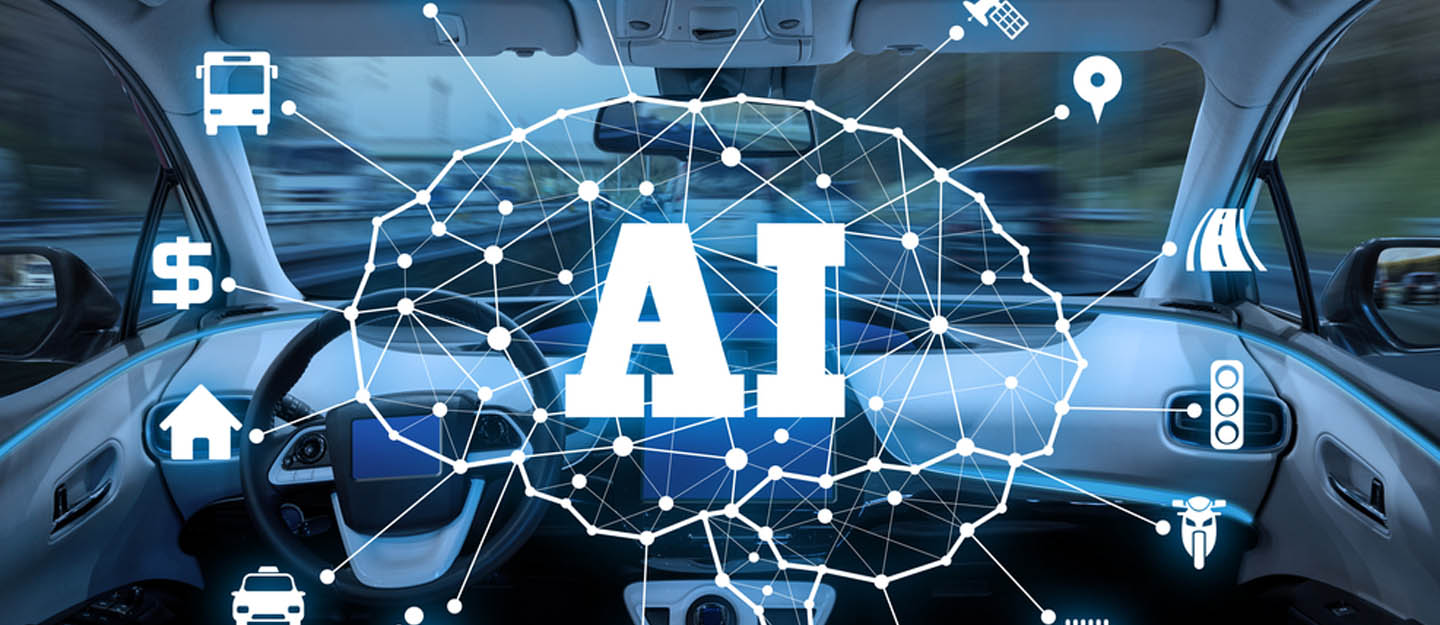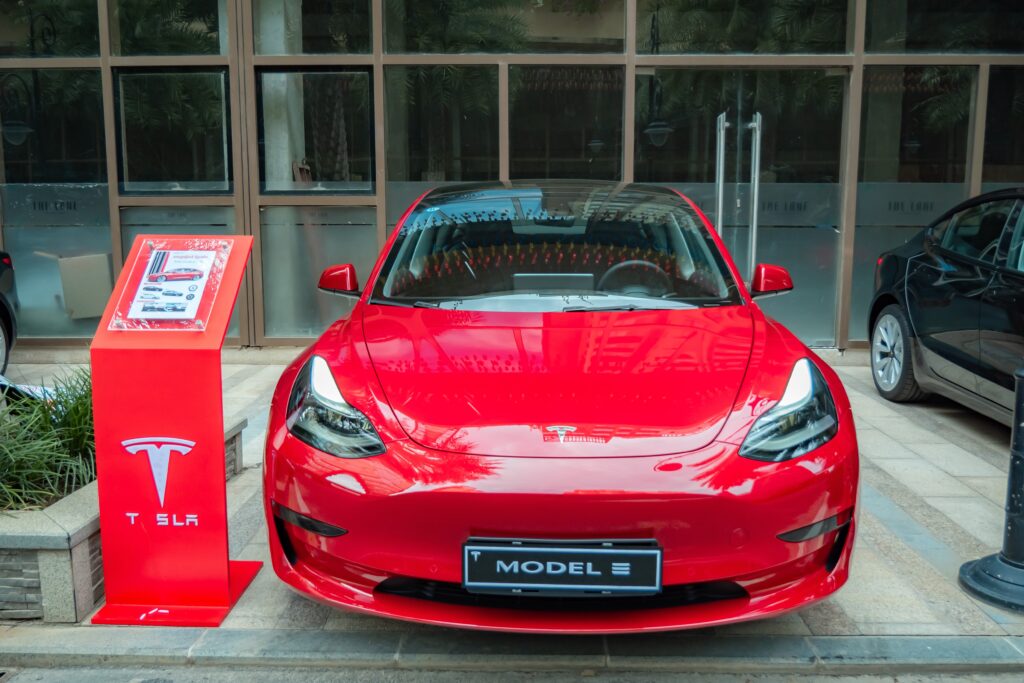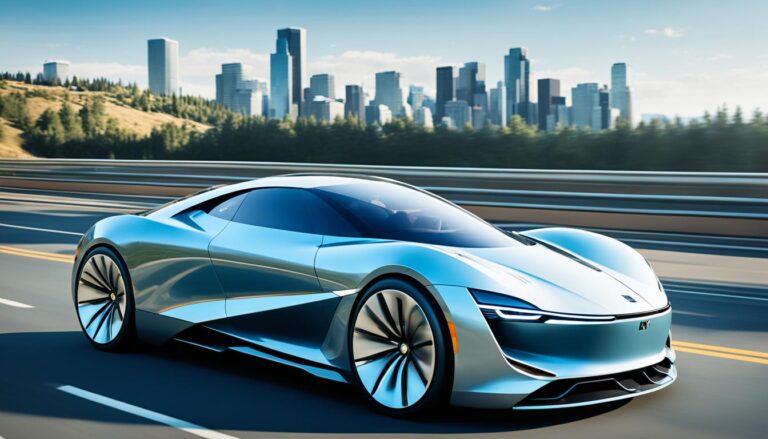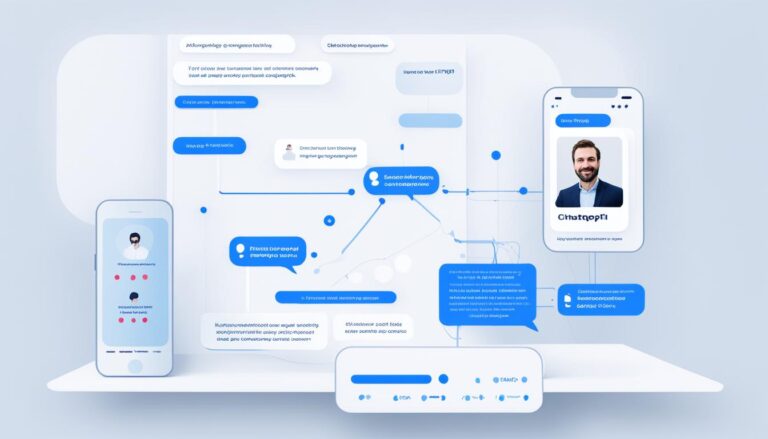
Introduction
The transformation of the automotive industry into a tech-driven sector has been nothing short of dramatic. A key player steering this revolution is Artificial Intelligence (AI). AI in motoring is redefining convenience, safety, and efficiency, promising a new era of smart, autonomous vehicles. But how does AI shape the future of motoring, and what are the implications for drivers, passengers, and the environment? Let’s buckle up and drive through this journey of discovery.
AI and Its Mechanisms in the Automotive Sector
AI’s role in the motoring industry is vast and continues to evolve, revolutionizing the way we perceive and interact with our vehicles. In essence, AI in cars involves sophisticated software that enables the vehicle to ‘learn’ from its surroundings and adapt accordingly. According to McKinsey & Company, AI-related expansion in the automotive industry could increase automotive industry revenue by 9 percent by 20251.

Transforming Safety with AI
Among the most significant contributions of AI in motoring is the enhancement of safety. Advanced safety features like collision detection, lane departure warnings, and adaptive cruise control are all enabled by AI. For instance, Tesla’s Autopilot feature uses AI to provide these advanced safety measures2. In the near future, AI systems will predict potential risks based on road conditions, weather, and driver behavior, further enhancing the safety of the driving experience.
Table 1: AI-Based Safety Features and their Advantages
| AI-Based Safety Feature | Advantage |
|---|---|
| Collision Detection | Reduces the risk of accidents by alerting the driver about potential hazards |
| Lane Departure Warnings | Prevents accidents caused by unintentional lane drifting |
| Adaptive Cruise Control | Adjusts the vehicle’s speed to maintain a safe distance from vehicles ahead |
Autonomous Driving and AI

Arguably, the holy grail of AI in motoring is the autonomous, or self-driving, vehicle. Waymo, a subsidiary of Alphabet Inc., has successfully deployed a fleet of autonomous taxis in Phoenix, Arizona3. AI systems in these vehicles use a combination of sensors, cameras, radars, and machine learning algorithms to navigate the road independently.
Self Driving Cars
One of the most exciting applications of AI in the automotive industry is self-driving cars. Self-driving cars use a variety of sensors, including cameras, radar, and lidar, to perceive their surroundings. They then use AI to process this information and make decisions about how to navigate safely.
Self-driving cars have the potential to revolutionize transportation. They could make roads safer, reduce traffic congestion, and provide new mobility options for people who are unable to drive themselves.
ADAS
ADAS are a set of technologies that use AI to help drivers avoid accidents. ADAS systems can do things like warn drivers about potential hazards, automatically brake to avoid collisions, and keep cars in their lane.

ADAS systems are becoming increasingly common in new cars. They have the potential to save lives and prevent injuries.
Connected Cars
Connected cars are cars that can communicate with each other and with the infrastructure around them. This communication can be used to share information about traffic conditions, weather, and hazards. It can also be used to control features like the car’s climate control and entertainment system.
Connected cars have the potential to make driving more efficient and safer. They can also provide new services, such as real-time traffic updates and navigation assistance.
Eco-Friendly AI Motoring
As climate change concerns continue to mount, AI is playing a crucial role in developing more sustainable and efficient vehicles. AI algorithms optimize fuel efficiency, enhance electric vehicle (EV) technology, and even help plan the most environmentally friendly routes. According to a study by the International Energy Agency, AI could reduce fuel consumption by up to 15% by 20304.
The Future of AI in Motoring
With constant advancements in AI technology, the future of motoring is exhilarating. Predictive maintenance, improved traffic management, and intelligent infrastructure are all on the horizon. According to a report by Boston Consulting Group, AI could contribute to reducing vehicle maintenance costs by up to 10% in the future5.
Here are some of the ways that AI is expected to revolutionize the automotive industry in the years to come:
- Fully autonomous vehicles: Fully autonomous vehicles are still in the early stages of development, but they have the potential to revolutionize transportation. These vehicles would be able to drive themselves without any human input, which could make roads safer and reduce traffic congestion.
- Advanced driver assistance systems: ADAS systems are becoming increasingly sophisticated, and they are expected to become even more common in the years to come. These systems can help drivers avoid accidents and make driving more convenient.
- Connected cars: Connected cars are already becoming commonplace, and their capabilities are expected to continue to grow in the years to come. Connected cars can communicate with each other and with the infrastructure around them, which can make driving safer and more efficient.
- Personalized transportation: AI is also being used to develop personalized transportation services. These services can tailor transportation options to individual needs, such as providing rides to people with disabilities or offering carpooling services to people who live in the same area.
Conclusion
AI in motoring is accelerating at full throttle, transforming the way we drive and interact with our vehicles. The convergence of AI, data analytics, and the Internet of Things (IoT) is creating smarter, safer, and more efficient cars, propelling us into a new era of motoring. As we venture into this exciting future, the marriage of AI and motoring will continue to redefine the boundaries of possibility, making our roads safer, greener, and more connected than ever before.
AI is changing the automotive industry in many ways. It is being used to develop self-driving cars, advanced driver assistance systems, and connected cars. These technologies have the potential to make cars safer, more efficient, and more connected. The future of AI in motoring is bright, and it is likely to play an even greater role in the industry in the years to come.
References
- McKinsey & Company (2021). ‘Artificial Intelligence in the Automotive Industry’. https://www.mckinsey.com/industries/automotive-and-assembly/our-insights/artificial-intelligence-in-the-automotive-industry ↩
- Tesla (2023). ‘Autopilot’. https://www.tesla.com/autopilot ↩
- Waymo (2023). ‘Waymo’s fully autonomous driving technology’. https://waymo.com/tech/ ↩
- International Energy Agency (2022). ‘The Role of Artificial Intelligence in Achieving Energy Efficiency’. https://www.iea.org/reports/the-role-of-artificial-intelligence-in-achieving-energy-efficiency ↩
- Boston Consulting Group (2022). ‘How AI Will Change the Auto Business’. https://www.bcg.com/publications/2022/how-artificial-intelligence-will-change-auto-business ↩





